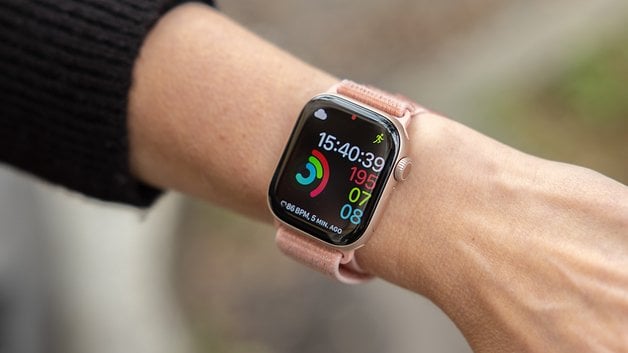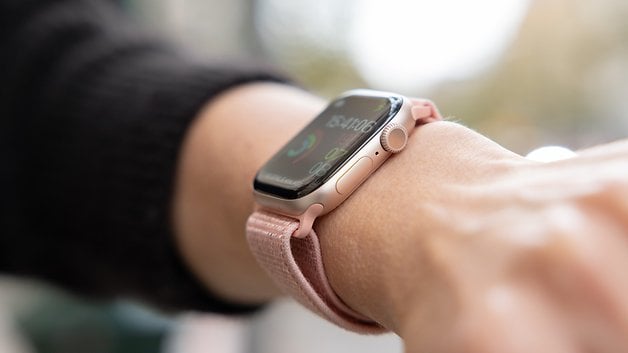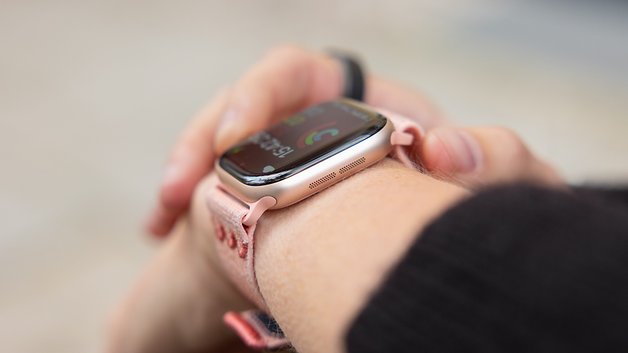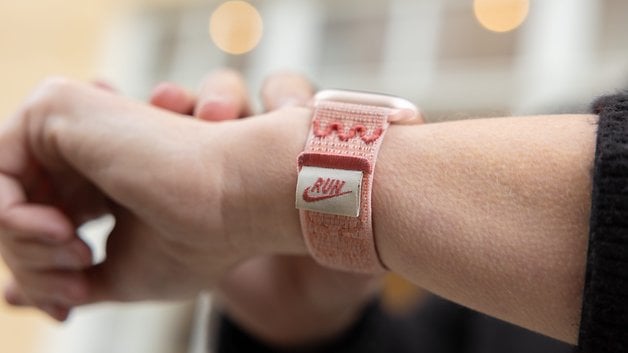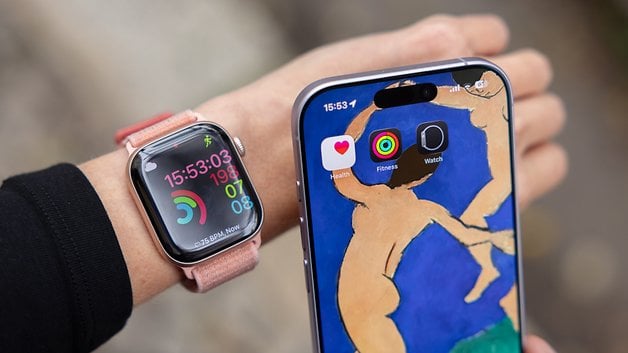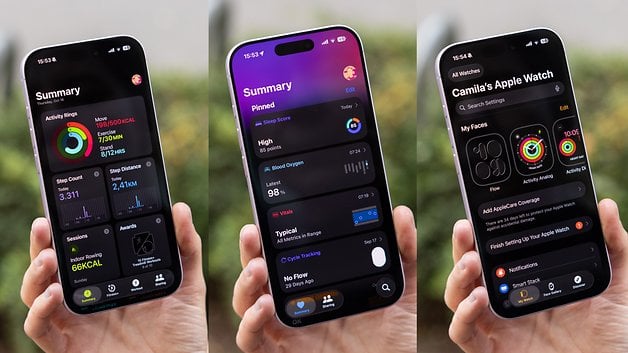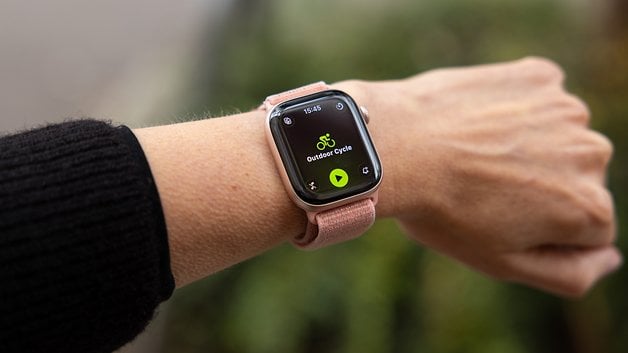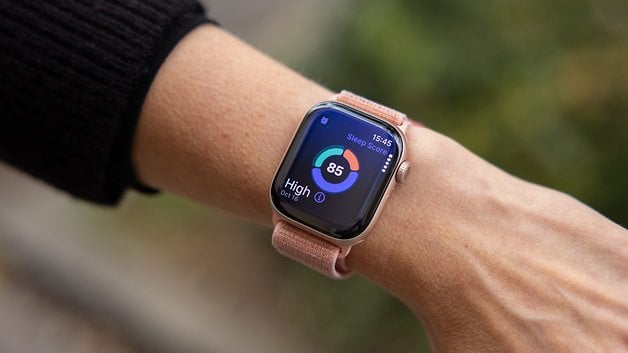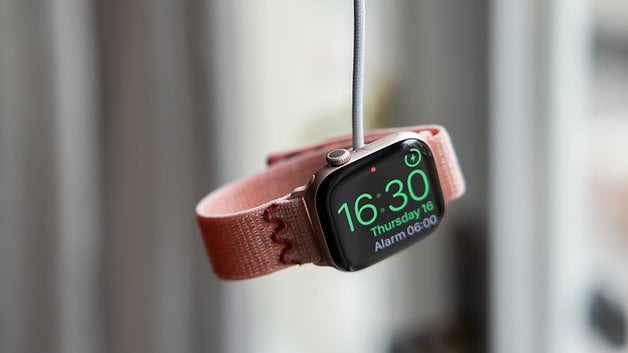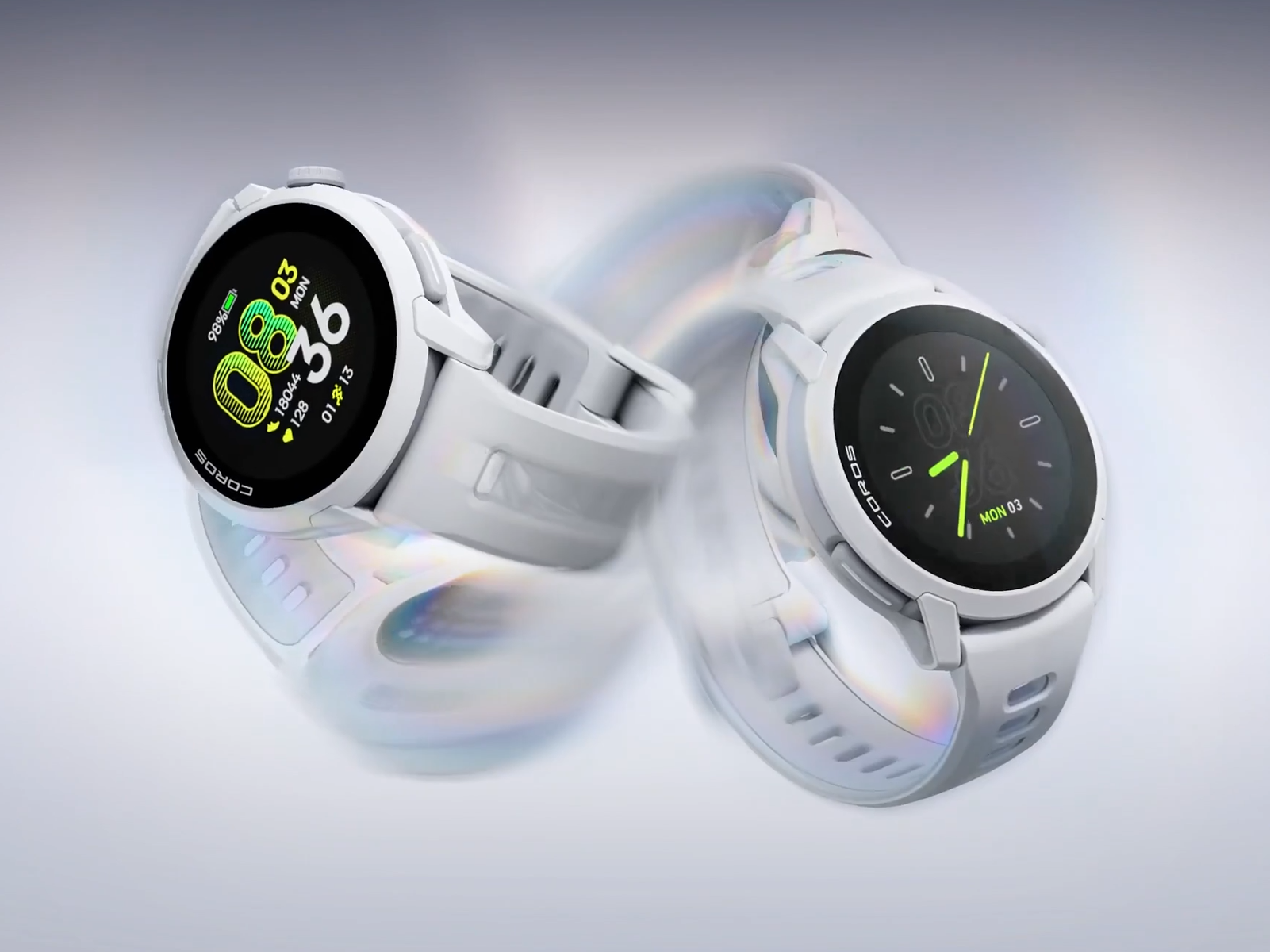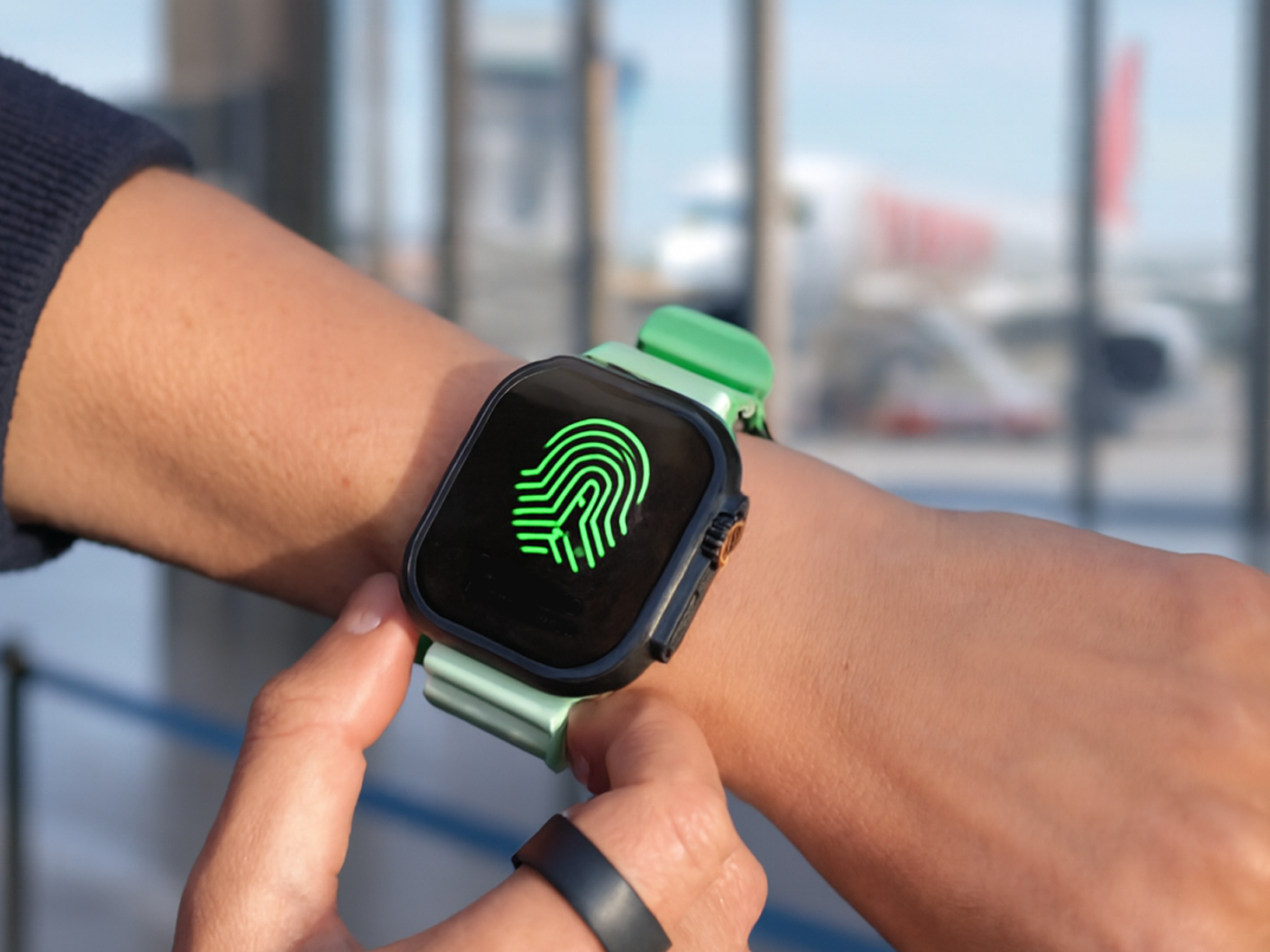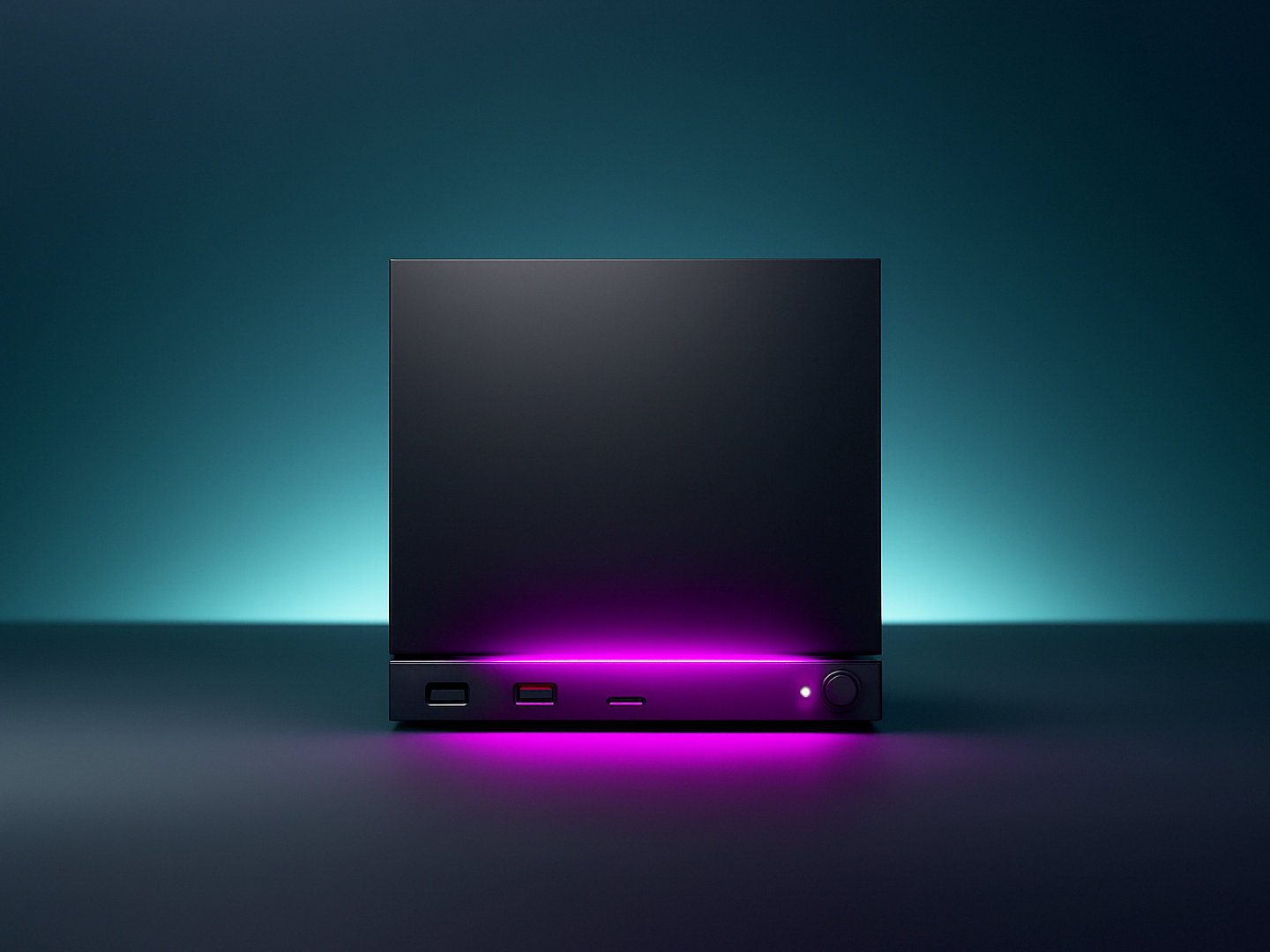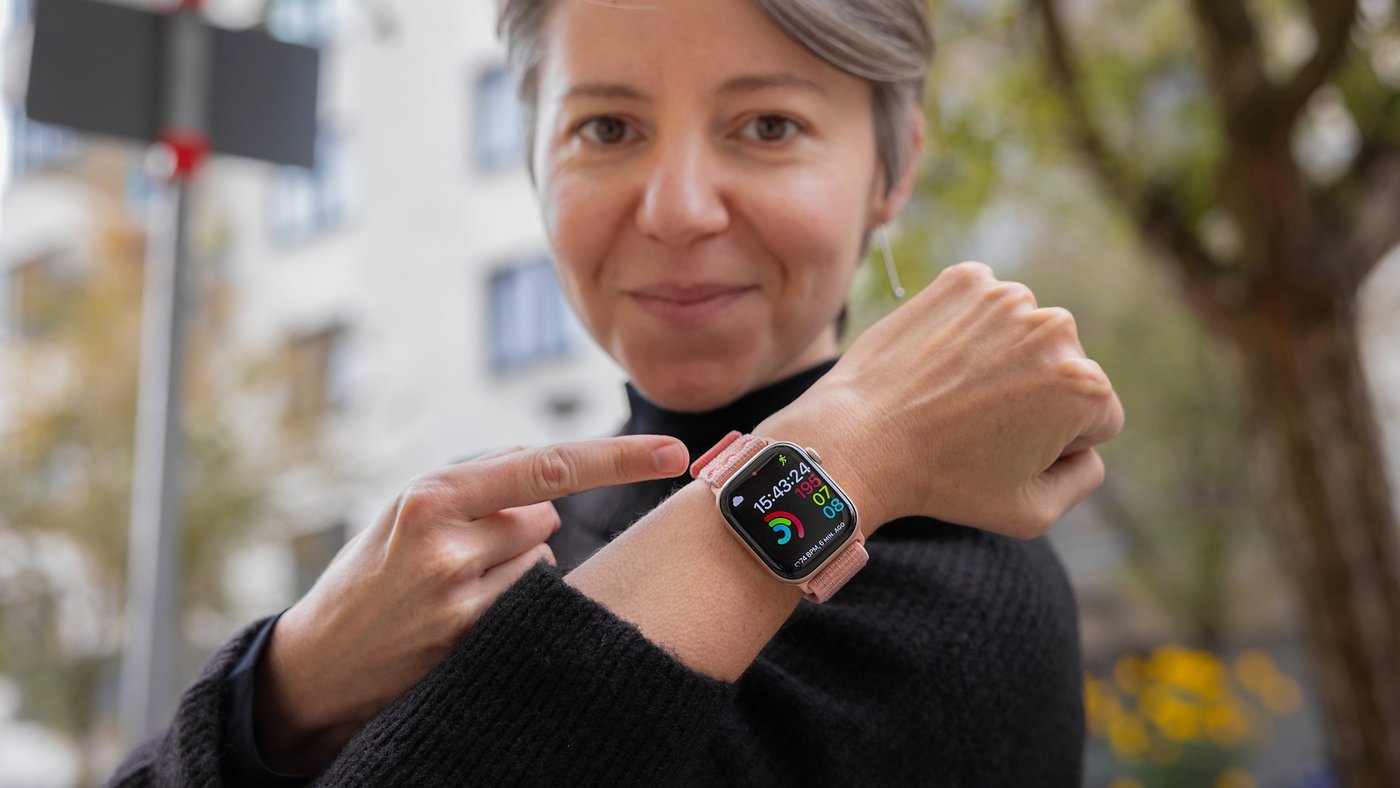
The Apple Watch Series 11 sits in an odd spot between the affordable SE and the adventure-ready Ultra 3. It is sleek, capable, and packed with Apple’s proven health tracking features, yet it feels like the brand is playing it a little too safe this time. After testing it, I cannot shake the feeling that Apple could have done more, but there is still plenty here that makes it worth a look.
Good
- Available in multiple sizes to fit different wrists
- Bright, colorful display that’s great indoors and outdoors
- Strong integration with Apple Health and Fitness+
- Reliable, consistent tracking across key health metrics
- Supports fast charging
Bad
- Still stuck at one day of battery life
- Fragmented user experience across apps and menus
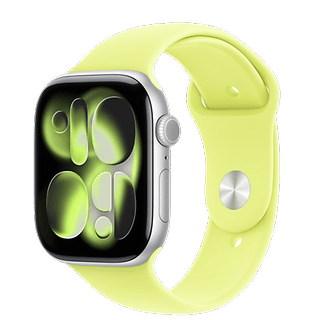
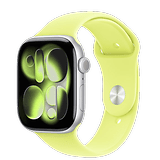
Apple Watch Series 11: All deals
Comes in Multiple Sizes with a Bright Display
One of the best things about the Apple Watch Series 11 is that it fits just about anyone. You can pick between 46 mm and 42 mm sizes, and both feel comfortable on the wrist. It is a genuinely versatile watch, no matter your wrist size or style. Apple also gives you plenty of ways to make it yours, from case colors and materials to a wide range of bands. Since it is one of the most popular smartwatches out there, finding third-party band options is easier than ever.
The Series 11 looks almost identical to the Series 10, which is not a bad thing. Apple nailed the rounded-square look last year when it slimmed everything down, and the new model simply sticks with that proven design. You still get full band compatibility and can choose between aluminum or titanium for a more premium (and pricier) feel.
This time, the aluminum models get Ion-X glass that Apple says is twice as scratch-resistant as before, while the titanium version keeps its tougher sapphire crystal. The watch remains water-resistant and dustproof, which brings it closer to the rugged Ultra line in terms of durability. It is also still thin at 9.7 mm and feels incredibly light.
And when it comes to comfort, it is top-notch. Depending on the band you pick, you can easily forget you are wearing it. I tested the 42 mm aluminum version with the Nike Sport Loop, and it feels almost as weightless as my Whoop MG band (review).
Strong Health Integration But a Fragmented User Experience
The Apple Watch Series 11 offers deep integration with Apple Health, Fitness+, and the wider Apple ecosystem, which remains its biggest strength compared to other smartwatches on the market. It runs on watchOS 26, introducing the new Liquid Glass design language and long-awaited health features such as Sleep Score and High Blood Pressure notifications.
Since software consistency is one of Apple’s trademarks, you will find a similar experience across the entire lineup. If you want a fuller picture of what Apple offers, I recommend reading our Apple Watch Ultra 3 and Apple Watch SE 3 reviews as well.
What really stands out, however, is the fact that you still need three different apps to manage your smartwatch: one for setup, another for workouts, and a separate one for health data. This creates a surprisingly fragmented user experience at a time when most competitors are consolidating everything into one app. It did not bother me much in the past, but now it feels like Apple could present this data in a more cohesive, visually unified way that helps users connect the dots between health and fitness insights. For a company known for its user-friendly design, this separation feels oddly out of sync.
Speaking of usability, I do appreciate the improved gesture controls, which in 2025 are more useful than ever. Apple now offers two distinct hand gestures that make navigating apps and menus much easier. Double Tap and Wrist Flick have become genuinely practical tools that allow me to use the watch one-handed, and they work better than I expected.
Apple Watch Series 11 Offers Reliable Health Tracking
The Apple Watch Series 11, Ultra 3, and SE 3 all run on the same chipset in 2025, which is also the one used in the Series 10. Apple made a few tweaks to improve efficiency, but at the end of the day, it is essentially the same brain powering all three models. The same goes for the optical heart sensor found in both the Ultra 3 and the Series 11, which use the same generation PPG sensor.
As a result, you get very similar heart rate accuracy, and in my tests, readings were very close to what my Wahoo chest strap recorded during runs. I still need to test it more thoroughly for cycling, but so far, the results have been very satisfying. For strength training, accuracy naturally drops a bit, as it does on most wrist-based devices, yet the Series 11 still performs among the best in its class. It is not as precise as an upper-arm fitness tracker, but the smaller, lighter body actually made it feel more stable and consistent for me compared to the 49 mm Ultra 3. Overall, the PPG sensor is trustworthy.
As for dual-frequency GPS performance, the Series 11 did an outstanding job during my park runs, even under tree cover and elevation changes. The route mapping is detailed, and I especially liked the color-coded pace visualization on the track. It also handled pauses accurately. On my daily cycling commutes, the GPS continued to perform reliably, giving me confidence in its consistency across activities.
Finally, in my reviews, I often use Apple Watches as reference devices because their performance usually gets closest to what more precise tools show. That said, I recently switched to the Oura Ring 4 (review) as my main sleep tracking reference, not only because of its form factor but also because it delivers results that are quite close to the Apple Watch. When it comes to sleep data, the Apple Watch Series 11 performs on par with the Oura Ring, even though it relies on fewer metrics.
However, since Apple added the Sleep Score feature, I have noticed that it tends to give me slightly higher scores. I believe this happens because the watch does not factor in things like sleep latency—the time between going to bed and actually falling asleep. Still, it remains a useful metric for spotting sleep patterns and trends over time.
The Series 11 also introduces hypertension notifications and the new Workout Buddy feature, along with all the core elements of the Apple Health and Fitness experience. Overall, this is the most balanced Apple Watch in Apple’s current lineup, period.
One Day of Battery Life but Fast to Recharge
On paper, the Apple Watch Series 11 jumps from 18 to 24 hours of battery life, and that matches what I experienced in my tests. Depending on how you use it—tracking multiple workouts in a day, recording a long run, streaming music or podcasts, and staying connected to your iPhone or using it standalone—you can still wear it overnight for sleep tracking if you topped it up earlier the same day.
On lighter or recovery days, I managed to stretch the battery to about a day and a half. For Apple, this is an upgrade, but it is still far from ideal and lags behind what Garmin, Amazfit, and most smartwatches running Wear OS from Google, Samsung, or OnePlus can offer.
The good news is that fast charging remains excellent. Using the Apple Watch Magnetic Fast Charger to USB-C cable with Apple’s 20W USB-C puck, I reached around 80 percent in just 30 minutes, with a full charge taking roughly 75 minutes.
Apple Watch Series 11 Key Specs
| 2025 model | |
|---|---|
| Device | |
| Image | 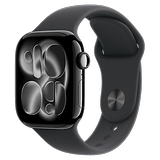 |
| Colors |
|
| Size |
|
| Weight |
|
| Display |
|
| Protection |
|
| Processor |
|
| Sensors |
|
| Safety |
|
| Battery life |
|
| Connectivity |
|
Who Should Buy The Apple Watch Series 11
The Apple Watch Series 11 is Apple’s most balanced smartwatch yet, combining reliable health tracking, a refined design, and seamless ecosystem integration. Still, it feels like the safest Apple Watch in years. Battery life continues to lag behind the competition, and the software experience could use more cohesion.
If you are new to the Apple Watch, this is a great entry point that shows exactly why Apple still dominates the smartwatch space (though less and less). But if you already own a Series 9 or Series 10, the experience feels almost identical. A slightly longer battery life alone is not enough to make it exciting again.
For those coming from a Series 8 or older, the Series 11 makes much more sense. It offers better efficiency, improved charging, 5G connectivity, and should keep getting updates for at least the next five years. Still, if you do not need cellular connectivity and plan to get the Wi-Fi and GPS version, you will likely find better value in a discounted Series 10.
And that brings us back to the question: Can great still feel exciting? The Apple Watch Series 11 reminds me that being great isn’t always exciting. It’s polished, reliable, and brilliant in its consistency, maybe a little too much so.
Where To Buy The Apple Watch Series 11
The Apple Watch Series 11 starts at $399 for the 42 mm aluminum GPS model on apple.com. If you do not need 5G, the GPS-only version offers the best value.

Apple Watch Series 11
To device database

